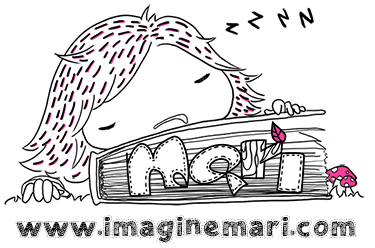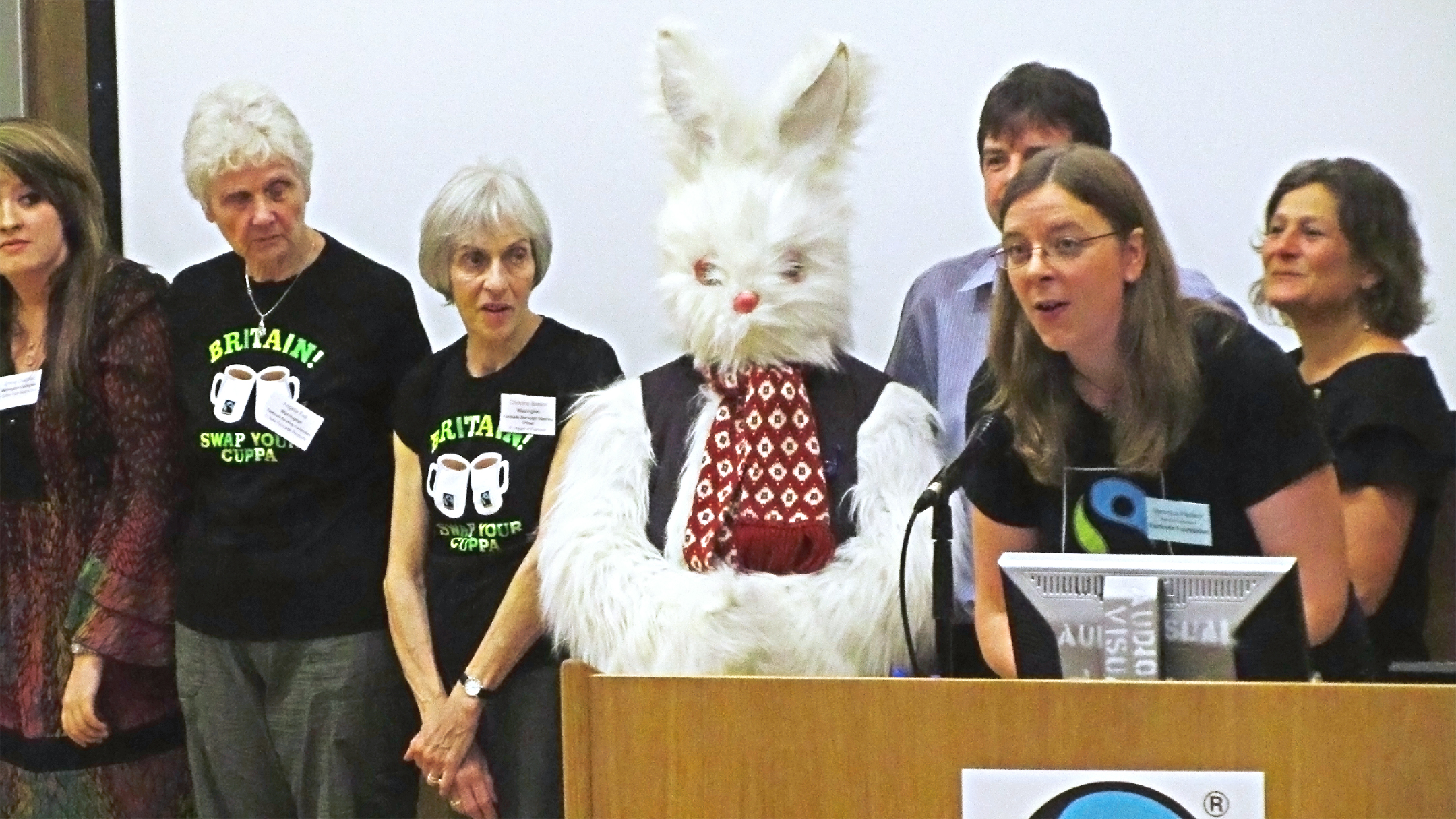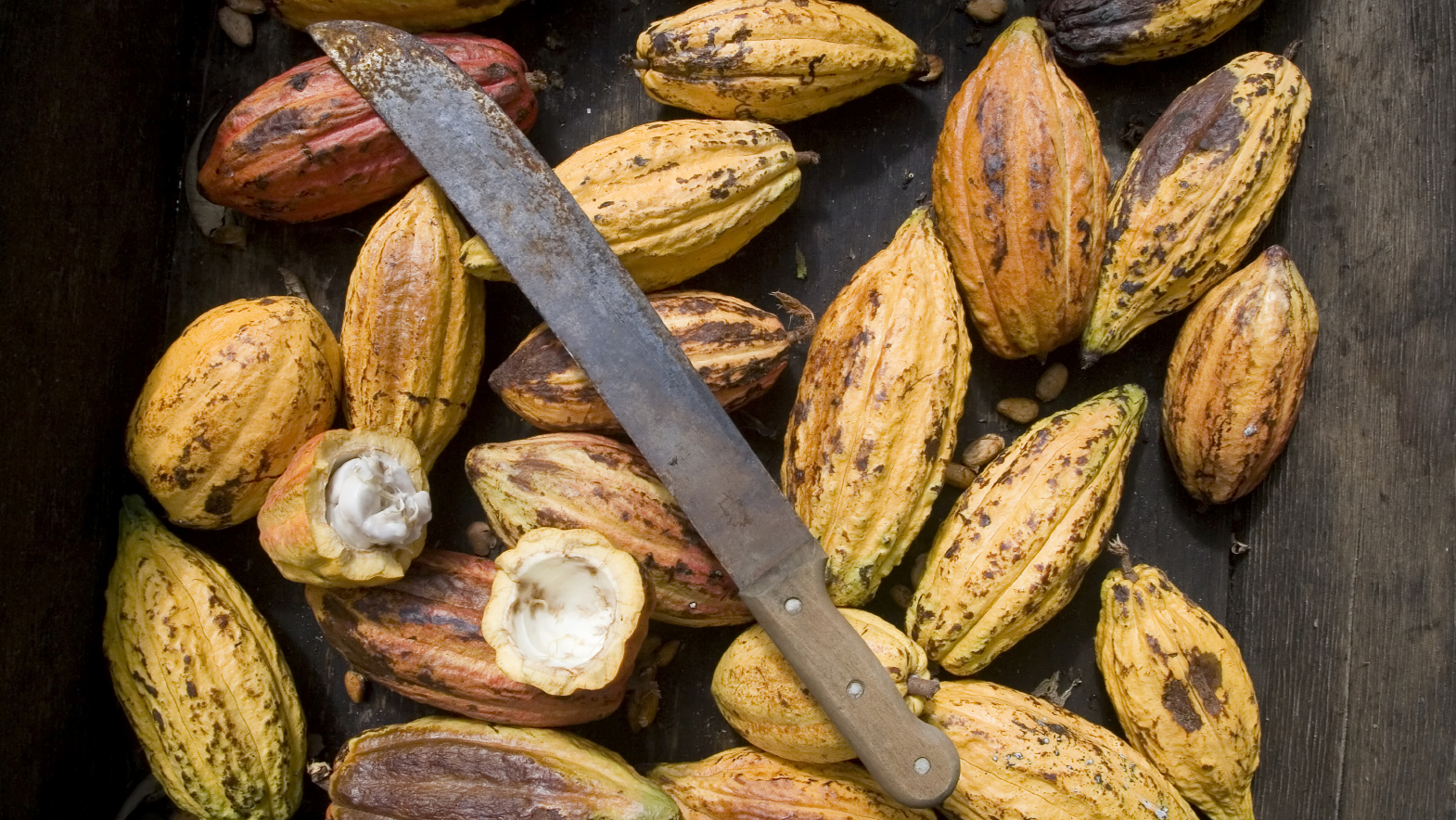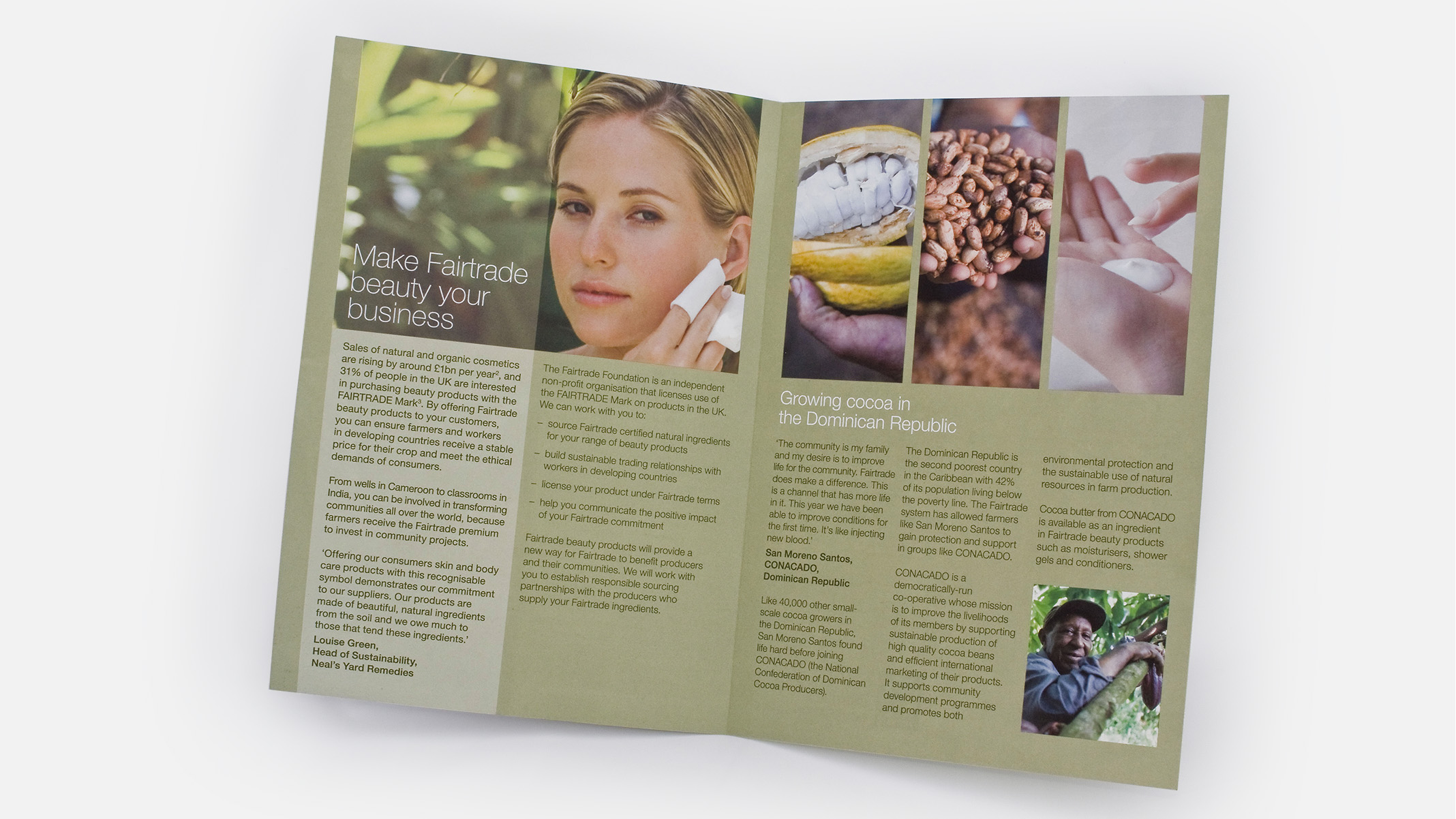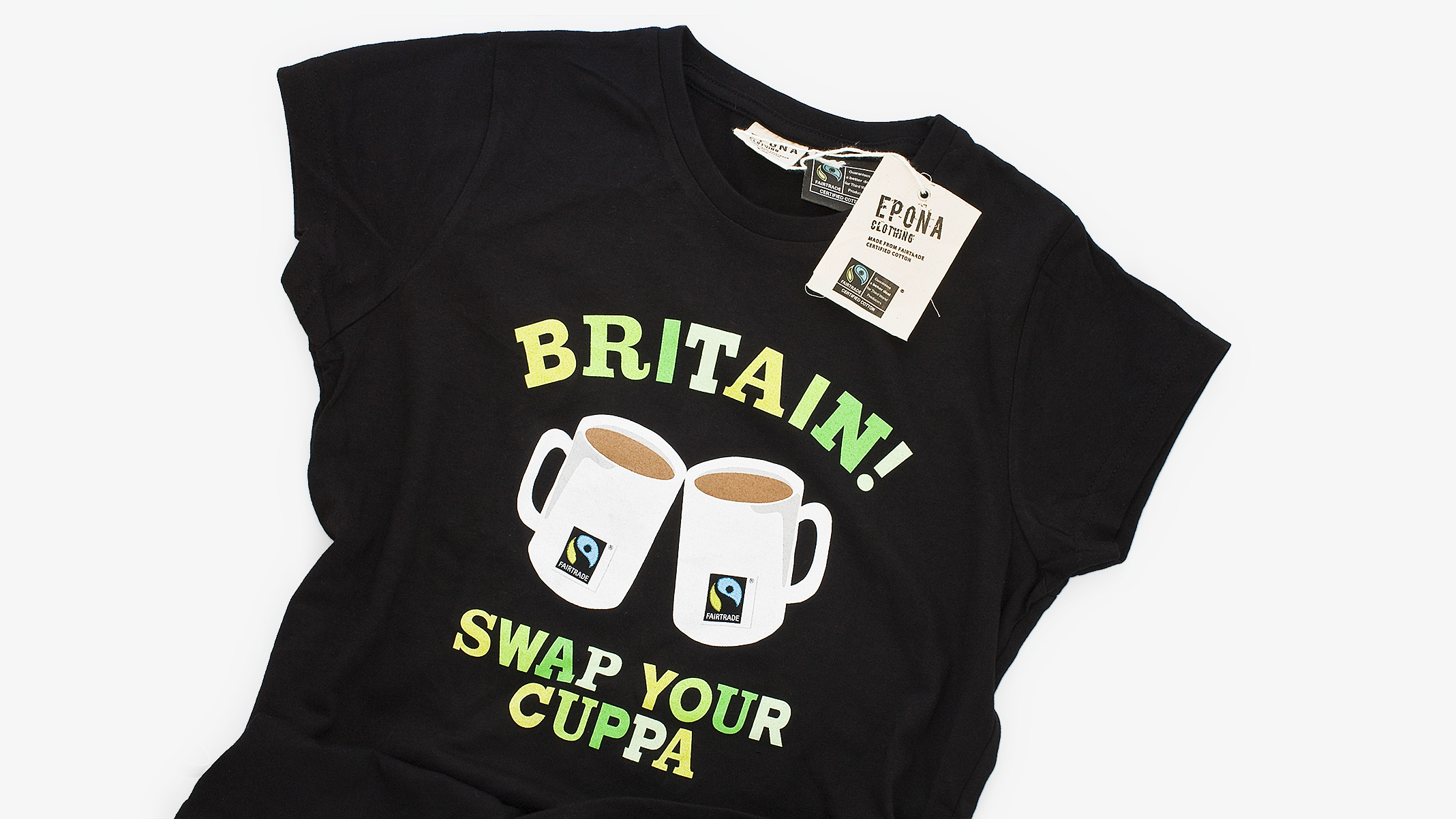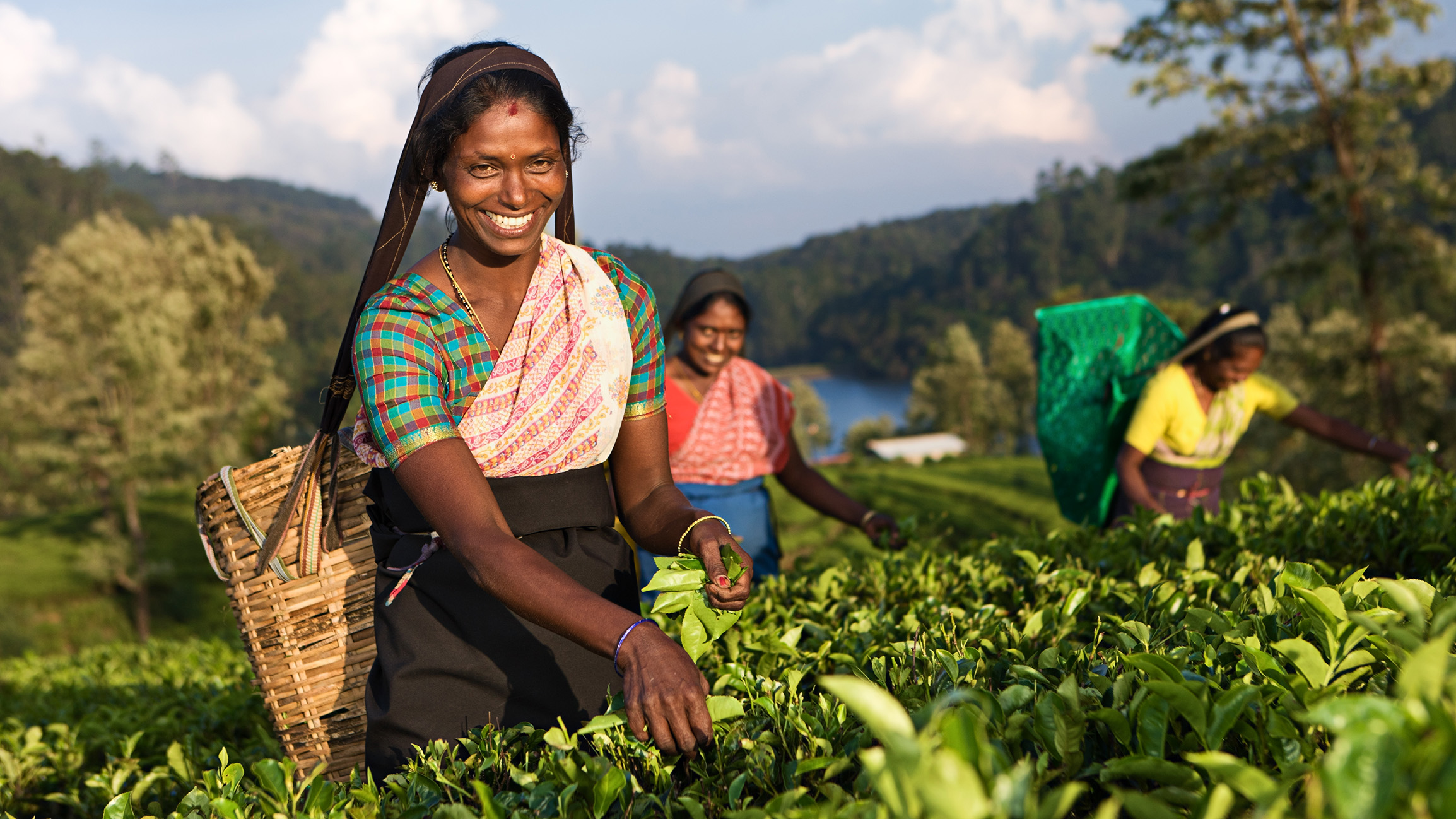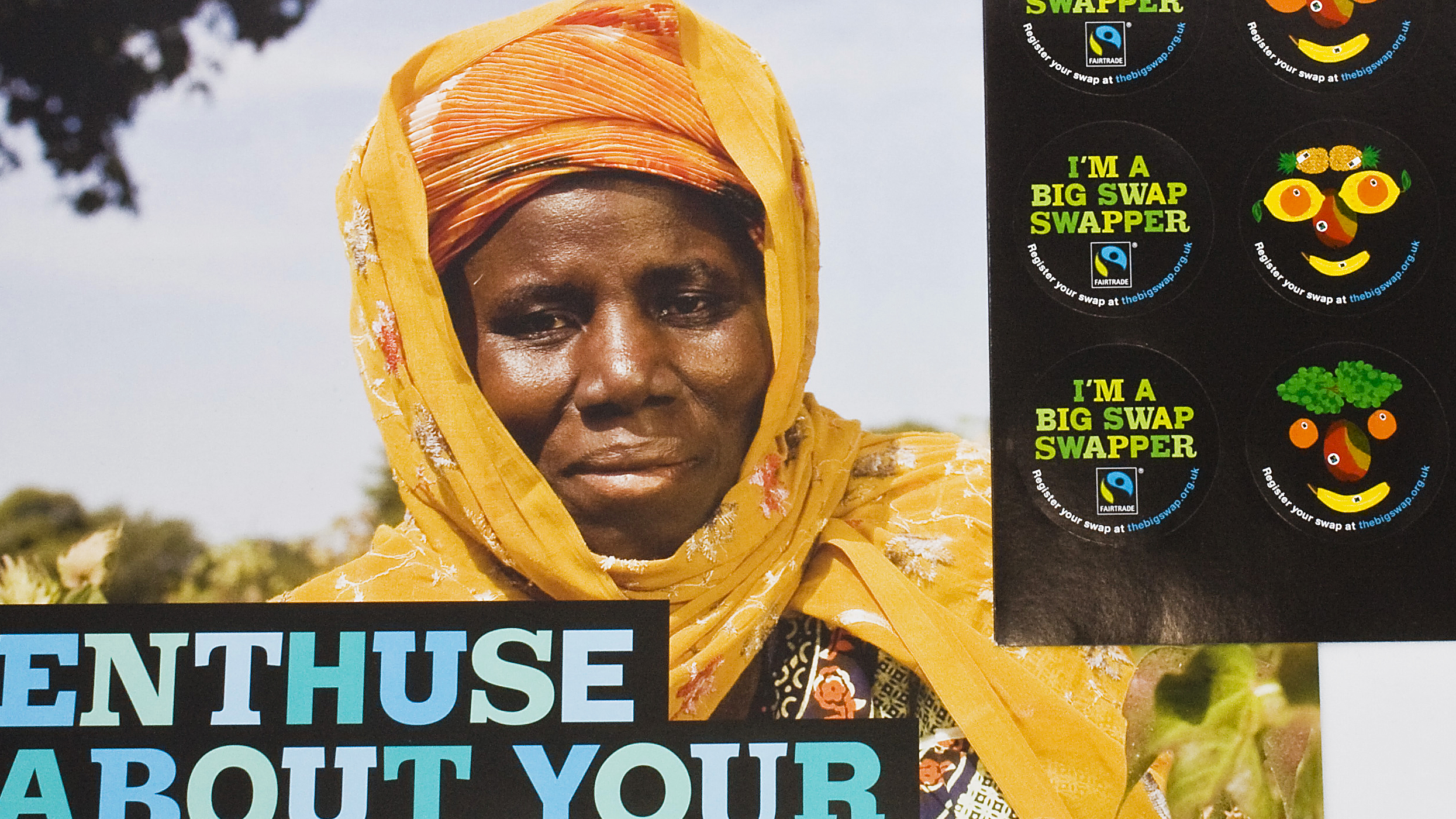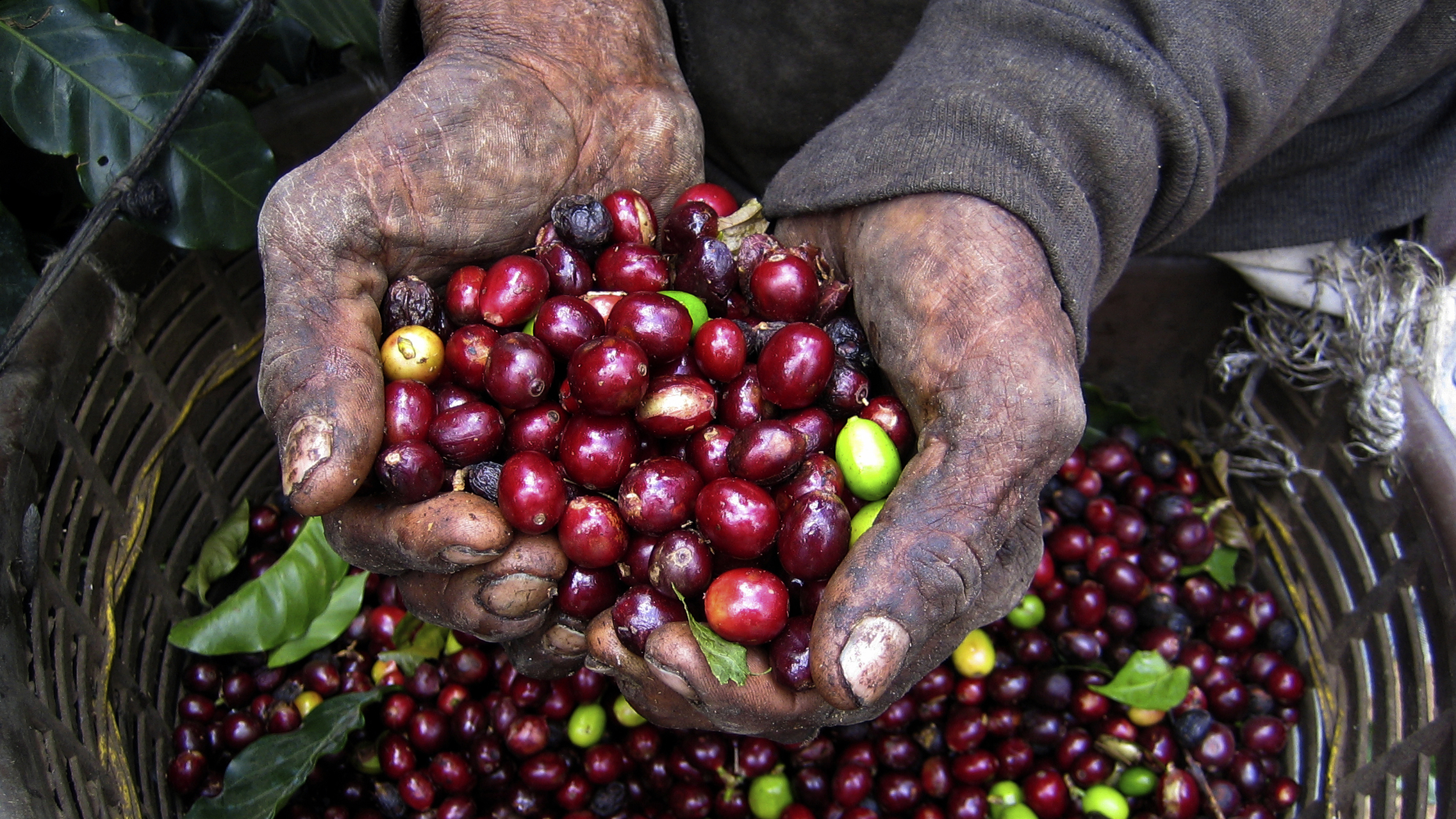
She repeatedly appears in front of us. She does not have much cloths on. More often, she does not have any cloths on at all. She can be on the water, in the forest, or in her own chamber. She is lying there, as if her body contained no strength. May it be her voluptuous flesh, or the linen or water or grass this silky flesh is resting upon, they all feel so soft in the eyes of the viewers. You are almost drawn to lie down with them, or on them... such reproductions of her image show us one thing: a woman’s body is (and can be) widely open to her (male) painters and viewers.
Intriguingly, she herself is aware that her naked body is being viewed. She does not resist it. She even flirts with us. Men utilize their own eyes to survey women. Women utilize men’s eyes to survey themselves. In such process, women join men in turning themselves to an “object of seeing”.
